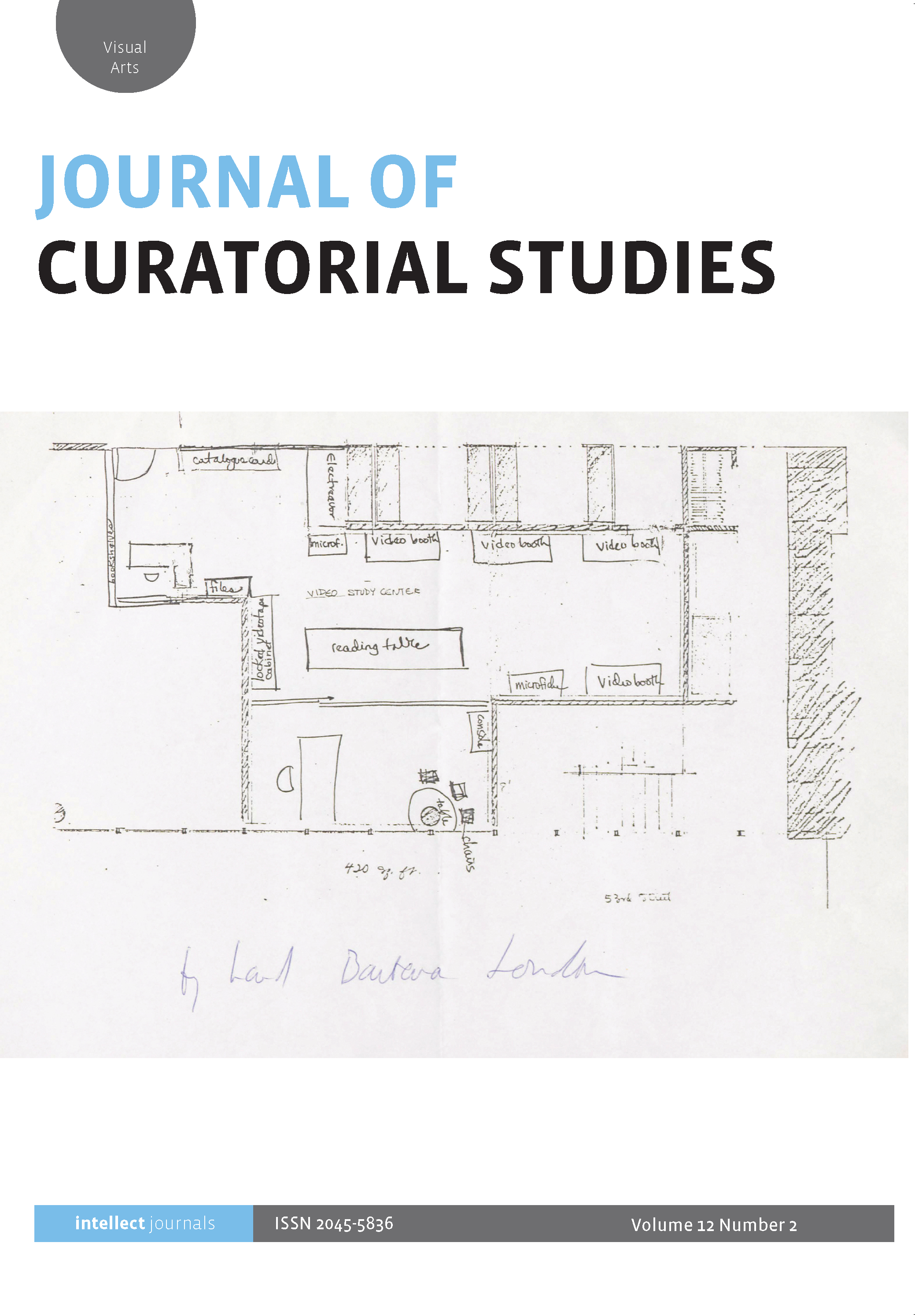
Full text loading...

Since the mid-1990s, cultural organizations have increasingly digitized their physical collections and made them available online; however, museums are still puzzled over what to do with these growing digital collections. Meanwhile, art institutions’ reluctance to produce virtual exhibitions, linked to a prevailing skeuomorphic paradigm, has left the matter of curating art digitizations unresolved. While museum computing scholarship has aptly identified the problematic absence of authentically digital curatorial processes, it has largely overlooked the fact that online collections and in-gallery group shows similarly condition artistic reception owing to a shared database logic, subjecting both to a mediation paradox in contemporary culture. This article examines the effects of this shared logic on public engagement, along with recent digital curatorial strategies that have emerged in response around notions of the digital aura and networked objects. The article concludes by proposing three conditions for an alternative curatorial process capable of adequately mediating art digitizations online without sacrificing aesthetic experience to the limited affordances of screen-based information and communications technologies.

Article metrics loading...

Full text loading...
References


Data & Media loading...

Publication Date:
https://doi.org/10.1386/jcs_00054_1 Published content will be available immediately after check-out or when it is released in case of a pre-order. Please make sure to be logged in to see all available purchase options.